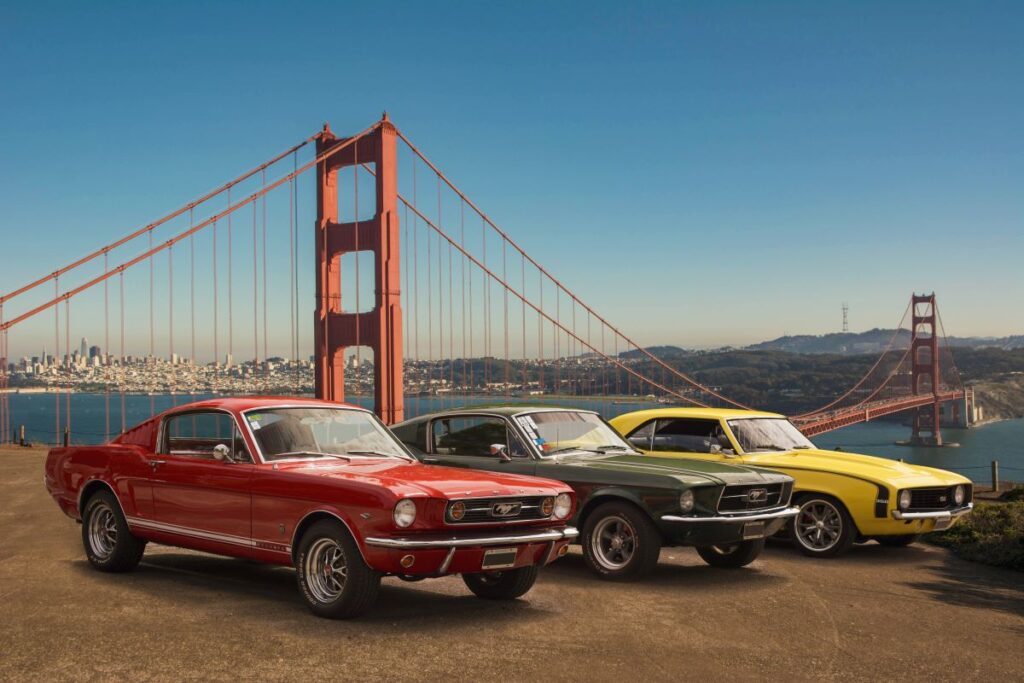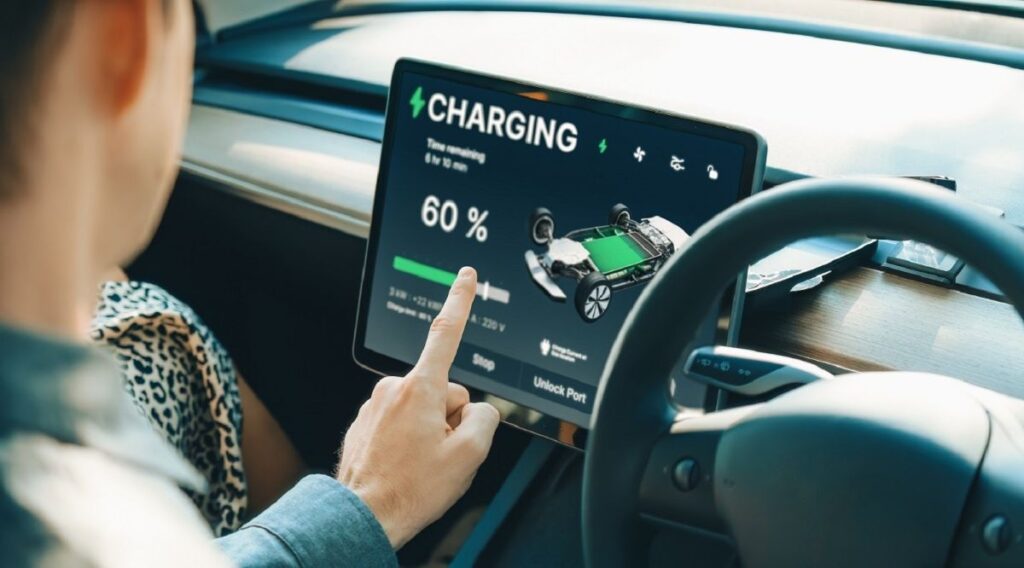From humble beginnings to iconic status, pickup trucks have undergone a remarkable evolution in the American automotive landscape. Let’s take a journey through key stages that have shaped these rugged vehicles into the beloved icons they are today.
1. Early Utility Vehicles (Early 20th Century)
In the early 1900s, pickup trucks were born out of necessity, serving as versatile workhorses for farmers, ranchers, and tradespeople. These early models featured simple designs, with open beds and basic functionality, reflecting the practical needs of their users.
2. The Post-War Boom (1940s-1950s)
Following World War II, pickup trucks experienced a surge in popularity as America’s economy boomed and suburbanization took hold. Manufacturers like Ford, Chevrolet, and Dodge introduced sleeker designs and more powerful engines, catering to consumers’ desire for style and performance.
3. The Rise of the Big Three (1960s-1970s)
During the 1960s and 1970s, Ford, General Motors, and Chrysler solidified their dominance in the pickup truck market, introducing iconic models like the Ford F-Series, Chevrolet C/K, and Dodge D-Series. These trucks became symbols of American ingenuity and toughness, capturing the hearts of drivers across the country.
4. The Era of Muscle (1980s-1990s)
In the 1980s and 1990s, pickup trucks underwent a transformation, with manufacturers focusing on performance and luxury features. Trucks like the Ford F-150 SVT Lightning and Chevrolet Silverado SS offered V8 power and sporty styling, appealing to drivers who craved speed and excitement.
5. The Advent of Compact Trucks (1970s-1990s)
As fuel prices soared and environmental concerns grew, compact pickup trucks gained popularity in the 1970s and 1980s. Models like the Toyota Hilux and Nissan Hardbody offered improved fuel efficiency and maneuverability, attracting urban dwellers and outdoor enthusiasts alike.
6. The SUV Boom (1990s-2000s)
In the 1990s and 2000s, pickup trucks faced competition from a new rival: the SUV. Vehicles like the Ford Explorer and Chevrolet Tahoe offered the utility of a truck with the comfort of a passenger car, challenging traditional pickup truck designs and reshaping the automotive landscape.
7. The Modern Era (2000s-present)
In the 21st century, pickup trucks have continued to evolve, with manufacturers incorporating advanced technology and innovative features. Trucks like the Ford F-150 Raptor and Ram 1500 EcoDiesel offer cutting-edge performance and efficiency, appealing to a new generation of drivers.
8. Electric Revolution (2020s-present)
As concerns over climate change mount, automakers are embracing electric powertrains as a sustainable alternative to traditional gasoline engines. Electric pickup trucks like the Tesla Cybertruck and Ford F-150 Lightning are leading the charge, promising zero-emission driving without sacrificing performance or capability.
9. The Future of Pickup Trucks
Looking ahead, pickup trucks are poised to continue evolving to meet the changing needs and preferences of consumers. From autonomous driving technology to advanced materials and aerodynamics, the future of pickup trucks holds endless possibilities, ensuring that these iconic vehicles will remain a cornerstone of American culture for generations to come.
What’s Next?
As we finish up our journey through pickup truck history in America, it’s pretty clear they’ve changed a lot. From simple tools to important parts of our lives, they’ve been through a lot. So, as we think about what’s coming, let’s keep rolling with the changes, one mile at a time.
Featured Image Credit: Shutterstock / Wirestock Creators.
The content of this article is for informational purposes only and does not constitute or replace professional advice.
For transparency, this content was partly developed with AI assistance and carefully curated by an experienced editor to be informative and ensure accuracy.










